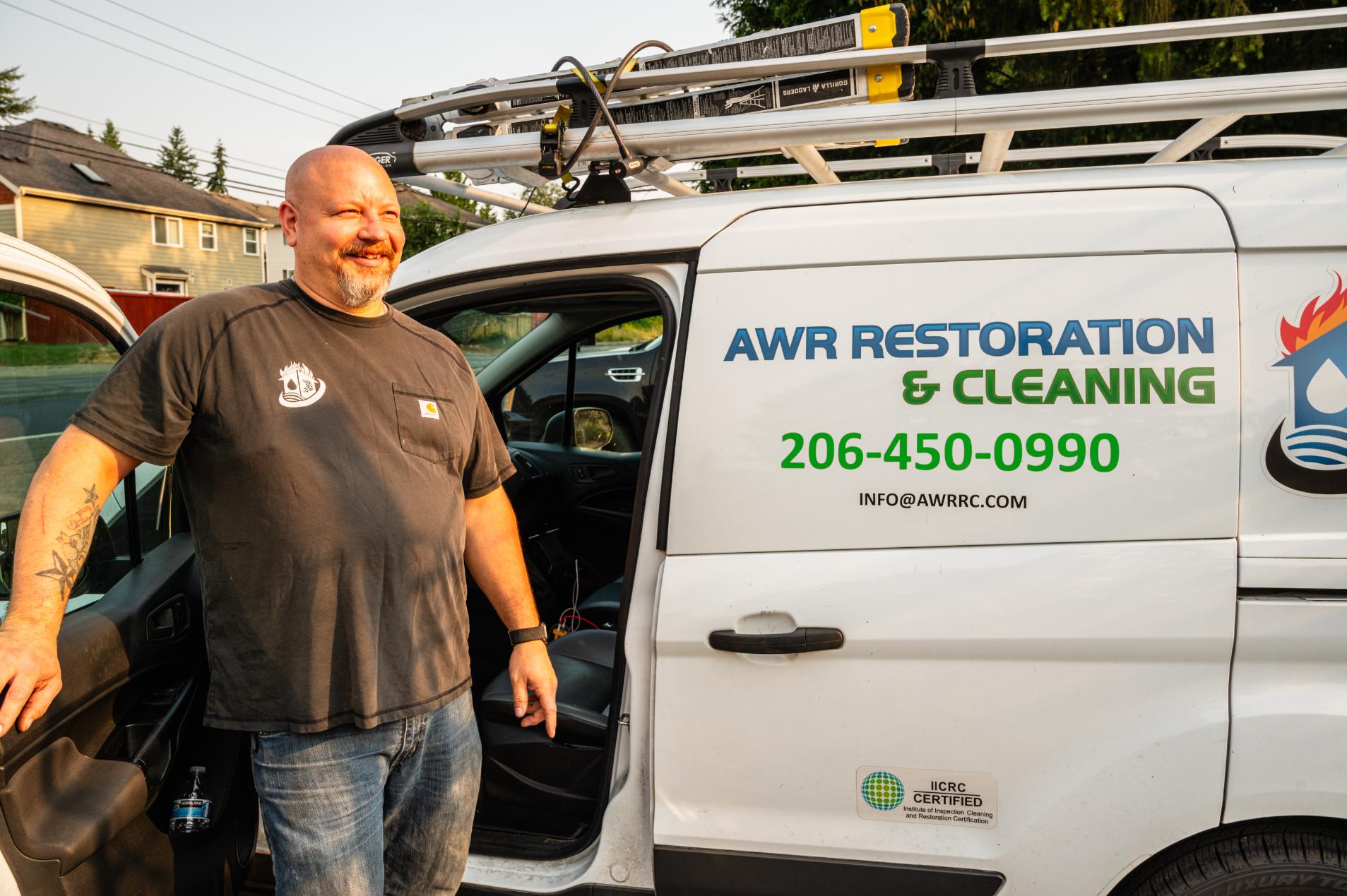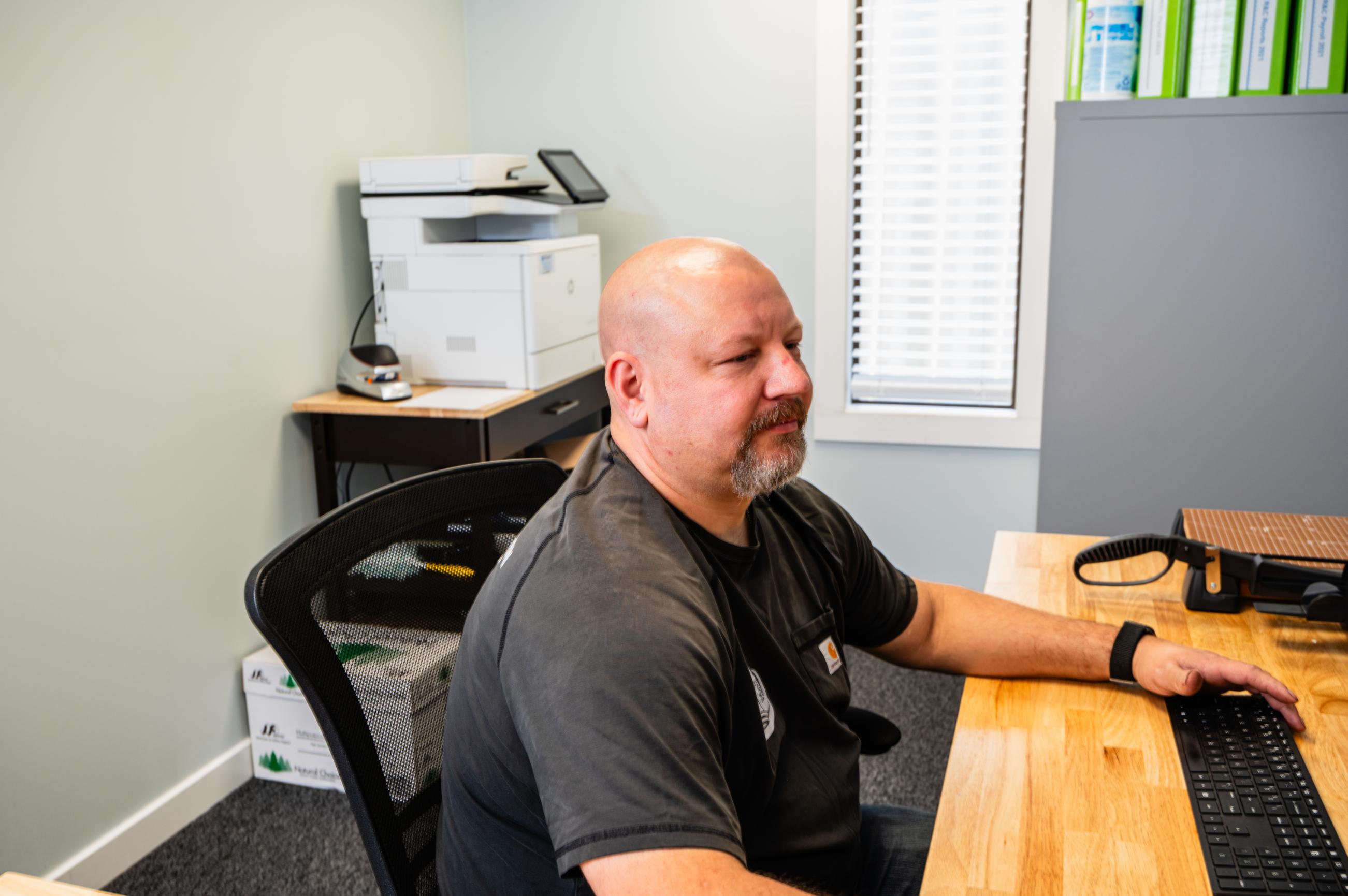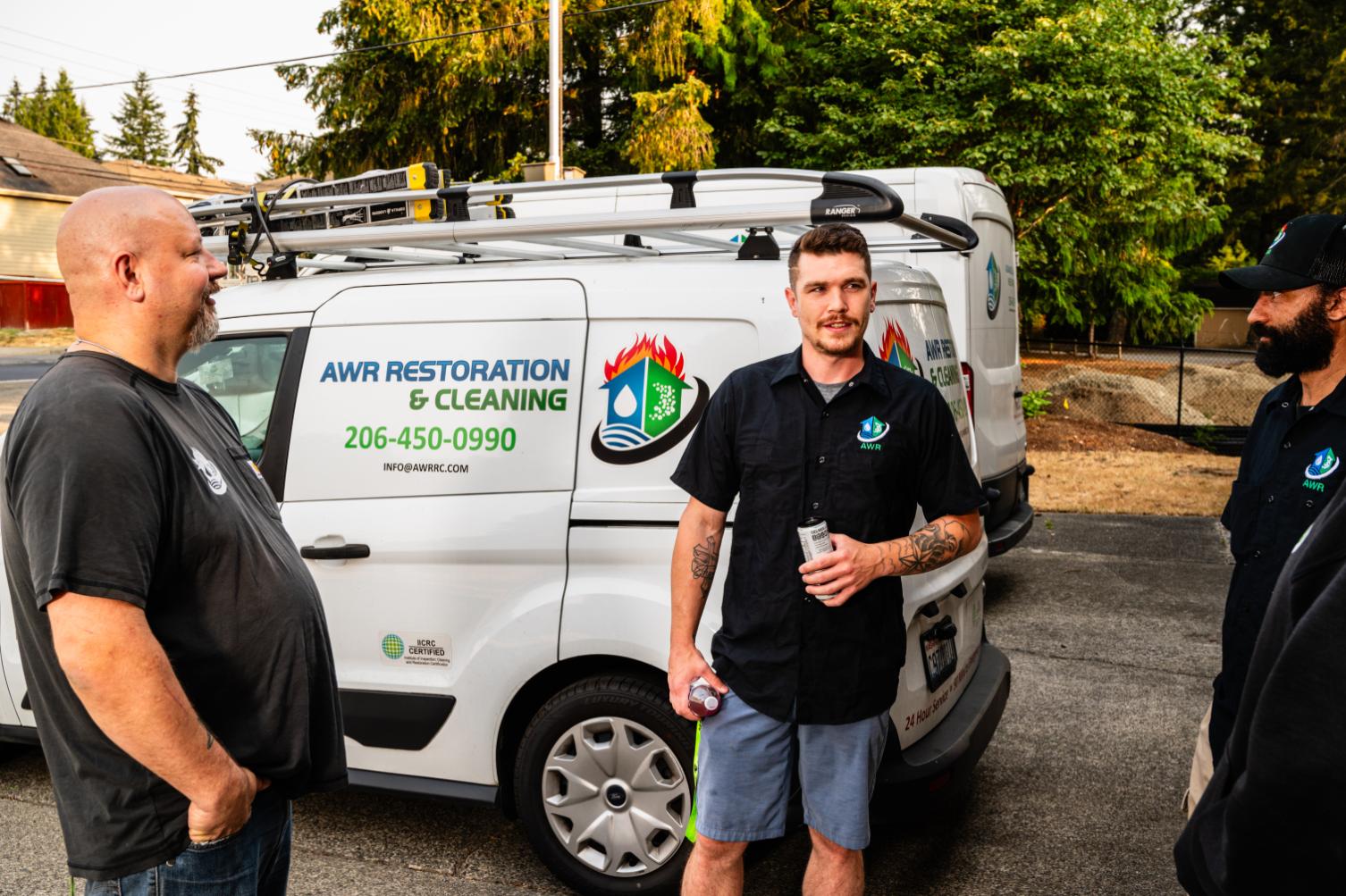When it comes to fire and water damage restoration for hotels in Midway, Kent, WA, its not just about fixing whats broken-its about restoring a sense of normalcy and peace. Fire Damage Restoration Kent . Imagine walking into a hotel lobby that has just suffered a fire or flood. The chaos can be overwhelming! But, oh, the relief that comes when a professional restoration team steps in.
Firstly, lets talk about the fire damage. Its not just about the visible charred walls or the smell of smoke that tends to linger. affordable fire restoration Kent Its about the hidden issues, like weakened structures and compromised electrical systems (which, lets face it, isnt something you can ignore). A professional team knows where to look and what to fix, ensuring that the hotel isnt just superficially restored but truly safe for guests and staff.

Water damage, on the other hand, is a whole different beast. It can seep into places you wouldnt even think to check. Its not just about mopping up puddles and drying carpets. Water can find its way into the very foundations, leading to mold growth and even structural damage if not treated promptly.
Fire and water damage restoration for hotels in Midway, Kent, WA - Kent WA emergency smoke cleanup
- Find the best ‘fire remediation service near Kent’—we’ll even bring our own mop.
- fire damage home repair Kent
- Need ‘Kent WA property fire cleanup’? We clean like it’s our grandma’s house.

In Midway, Kent, WA, hotels cant afford to take risks with restoration. Its not just about aesthetics; its about reputation.
Fire and water damage restoration for hotels in Midway, Kent, WA - Kent WA emergency smoke cleanup
- Our ‘fire inspection and repair Kent’ pros catch what others miss—like that singed floorboard.
- When you need ‘emergency smoke cleanup Kent’, we arrive fast with vacuums blazing.
- fire damage odor removal Kent

Now, some might think, "Cant we just do it ourselves?" Well, thats not really an option if youre looking for thoroughness and efficiency. DIY might work for a small spill or a minor burn mark, but when it comes to significant damage, professional help is indispensable. They have the equipment and the know-how to address problems you might not even see. Plus, they work quickly, understanding that time is of the essence.
And lets not forget the emotional toll such incidents can take on both hotel staff and guests. A fire or flood isnt just a physical disruption; its an emotional one too. People lose personal items, experience stress, and need reassurance. A good restoration team understands this and works not just to restore buildings but to bring peace of mind.
In conclusion, fire and water damage restoration for hotels in Midway, Kent, WA isnt something to be taken lightly. Its a complex process that requires expertise, speed, and a compassionate touch. Its about more than just bricks and mortar-its about rebuilding trust and ensuring the safety and comfort of every guest who walks through those doors. So, when disaster strikes, dont hesitate to call in the pros!




